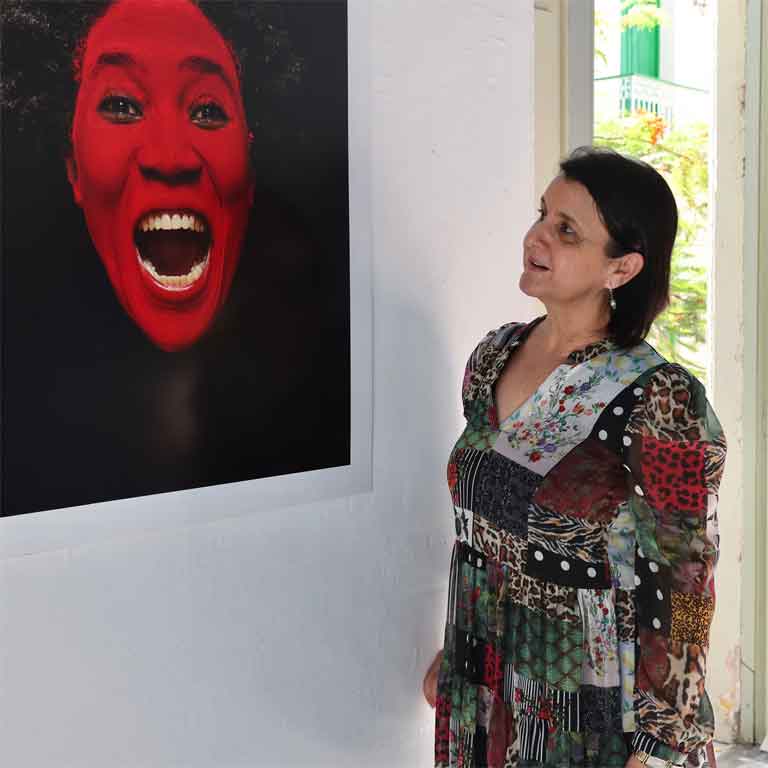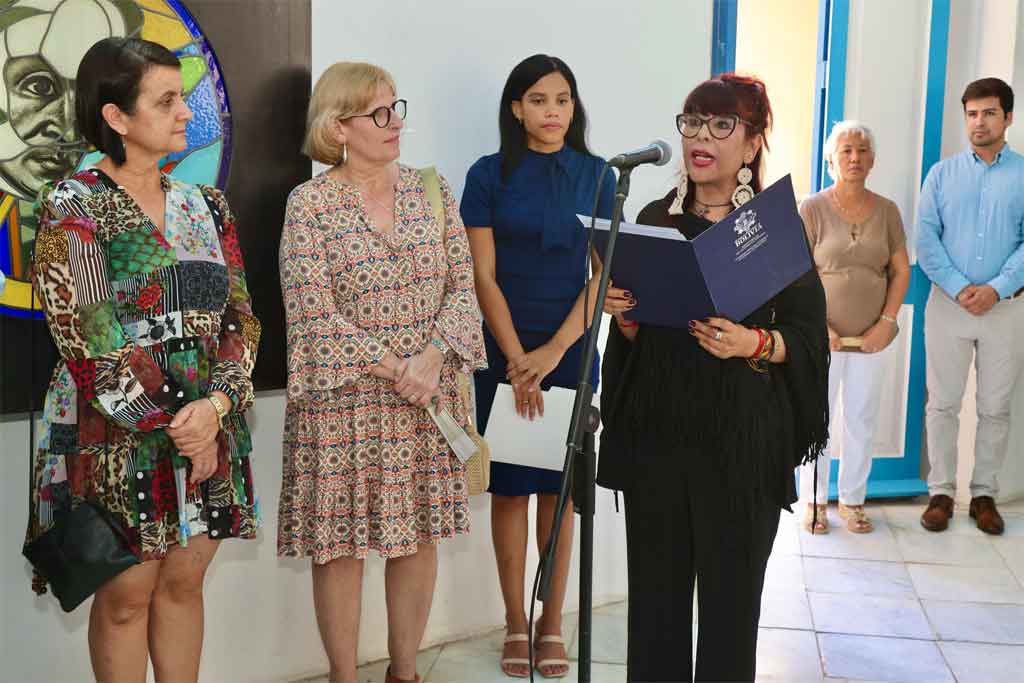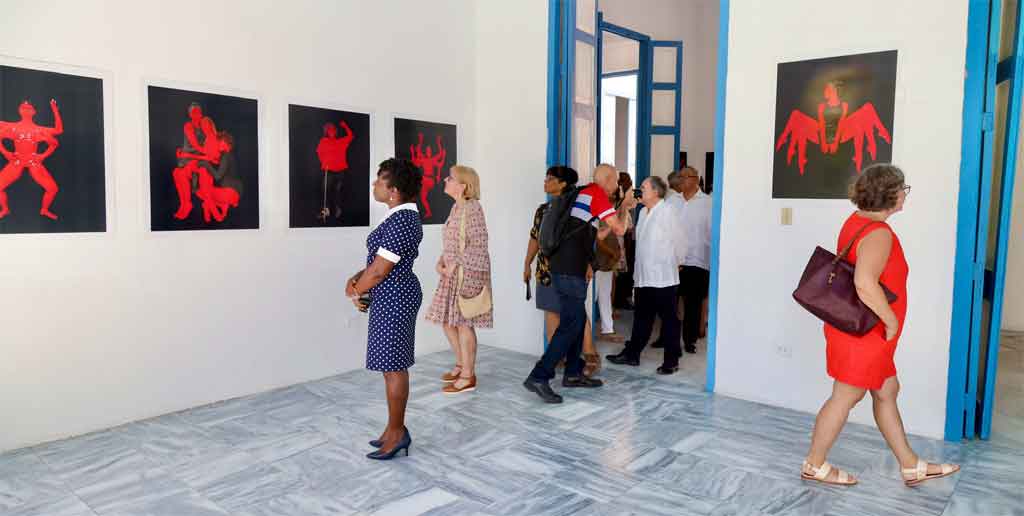In the context of the days for the celebration of the date and with the support of the Cultural Foundation of the Central Bank of the South American nation, the Bolivia, Favorite Daughter room of the Simon Bolivar House, in this capital, hosts the exhibition composed of photographs that highlight the red and black colors with a surrealist touch.

The work is inspired by the jalq’as weavings of the Bolivian department of Chuquisaca, whose traditions represent the Ukhu Pacha, which in Quechua language means “world inside, world below”, according to the National Head of Cultural Management of the Bolivian Embassy in Cuba, David Aruquipa.
To understand this exhibition by Lambertin Murillo, it is necessary to delve into the universe of Jalq’a women; its historical, symbolic contents and uses, which transcend society, Aruquipa said .

The textile art of the Jalq’a culture is a feminine and visual language currently practiced, in addition to its particularity in the cosmovision of this people, forming a multiplicity of cultural elements. Within the representation of the “world within, world below” the fabric is populated by non-existent and extraordinary beings called khurus, a jalq’a word meaning wild, undomesticated or untamed.
ef/jav/mem/dpm









